Connecting People to Nature Around the Built Environment
I have always been interested in how our connection to nature enhances our well-being. Growing up in New York City, surrounded by millions of people...
Root Management is Key to Healthy Urban Trees
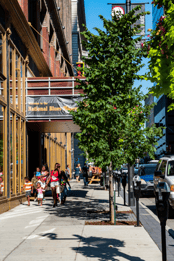 Washington Avenue, a high-traffic downtown street in St. Louis, Missouri, was redeveloped in 2016-17 from 7th Street to Memorial Drive. The vision for the first two streetscape phases was to improve lighting and maximize durability of the area which sees all four seasons, from scorching-hot summers to frigid winters. Matching the design aesthetic of the two previous phases, which had significantly higher budgets, is where the challenge was delivered. With historic buildings lining the street, bringing the design to fruition involved working with individual building owners in addition to city officials to ensure the success of the project.
Washington Avenue, a high-traffic downtown street in St. Louis, Missouri, was redeveloped in 2016-17 from 7th Street to Memorial Drive. The vision for the first two streetscape phases was to improve lighting and maximize durability of the area which sees all four seasons, from scorching-hot summers to frigid winters. Matching the design aesthetic of the two previous phases, which had significantly higher budgets, is where the challenge was delivered. With historic buildings lining the street, bringing the design to fruition involved working with individual building owners in addition to city officials to ensure the success of the project.
To provide value and durability to the streetscape, the project designers envisioned a grove of healthy street trees along the sidewalk, providing not only the longed-for aesthetic appeal, but also the many benefits that healthy trees offer—like oxygen creation, carbon mitigation, health improvement, reduction in urban heat island effect, noise abatement and traffic calming.
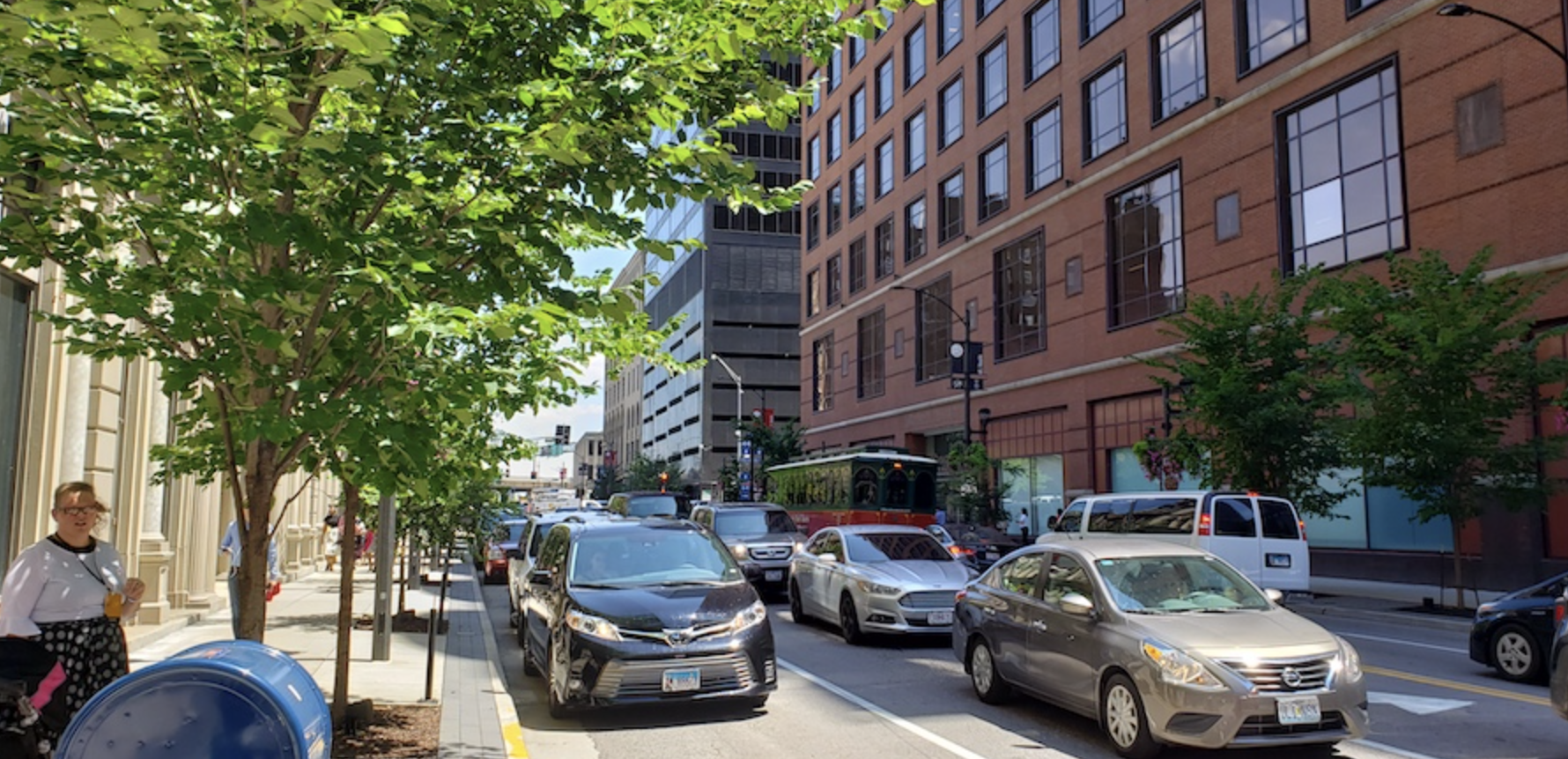
Here are a few more benefits to planting trees:
However, the hardscape requirements of a heavily urbanized street like Washington Avenue are in contrast to the natural needs of healthy tree establishment. Couple that with basements that extended all the way under the sidewalk and out to the street curb, as can sometimes be the case with extremely urban downtown landscapes, and you’ve got some very challenging and constrained planting areas. Then, the question of how to successfully integrate trees into a street like this is raised.
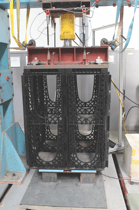 These challenging site conditions created a situation where every available cubic foot of space had to be fully maximized to provide the soil volume needed for the trees being planted to thrive. RootSpace soil cells were utilized, as they have the largest usable void space, which means that the readily available soil for the trees is absolutely maximized. These soil cell modules are made from 100 percent recycled plastics and are specifically designed for maximum soil and rooting volume and low environmental impact.
These challenging site conditions created a situation where every available cubic foot of space had to be fully maximized to provide the soil volume needed for the trees being planted to thrive. RootSpace soil cells were utilized, as they have the largest usable void space, which means that the readily available soil for the trees is absolutely maximized. These soil cell modules are made from 100 percent recycled plastics and are specifically designed for maximum soil and rooting volume and low environmental impact.
.png?width=2128&height=1408&name=Urban%20Greening%20(1).png) Soil cells being installed
Soil cells being installed
Underground tree pit packages, which include soil cell modules, were used to link the subsurface soil volumes together where possible, ensuring a high-quality rooting space within the non-compacted soil filled RootSpace system. This tree pit system replicates the forest floor scenario as closely as possible by providing trees with the uncompacted, aerated soil crucial to their long-term health. Soil cells are engineered load-bearing modules with over 95 percent open void space, meaning they provide maximum rooting volume as well as the ability to accommodate services. This system can be used close to highways due to world-leading lateral performance.
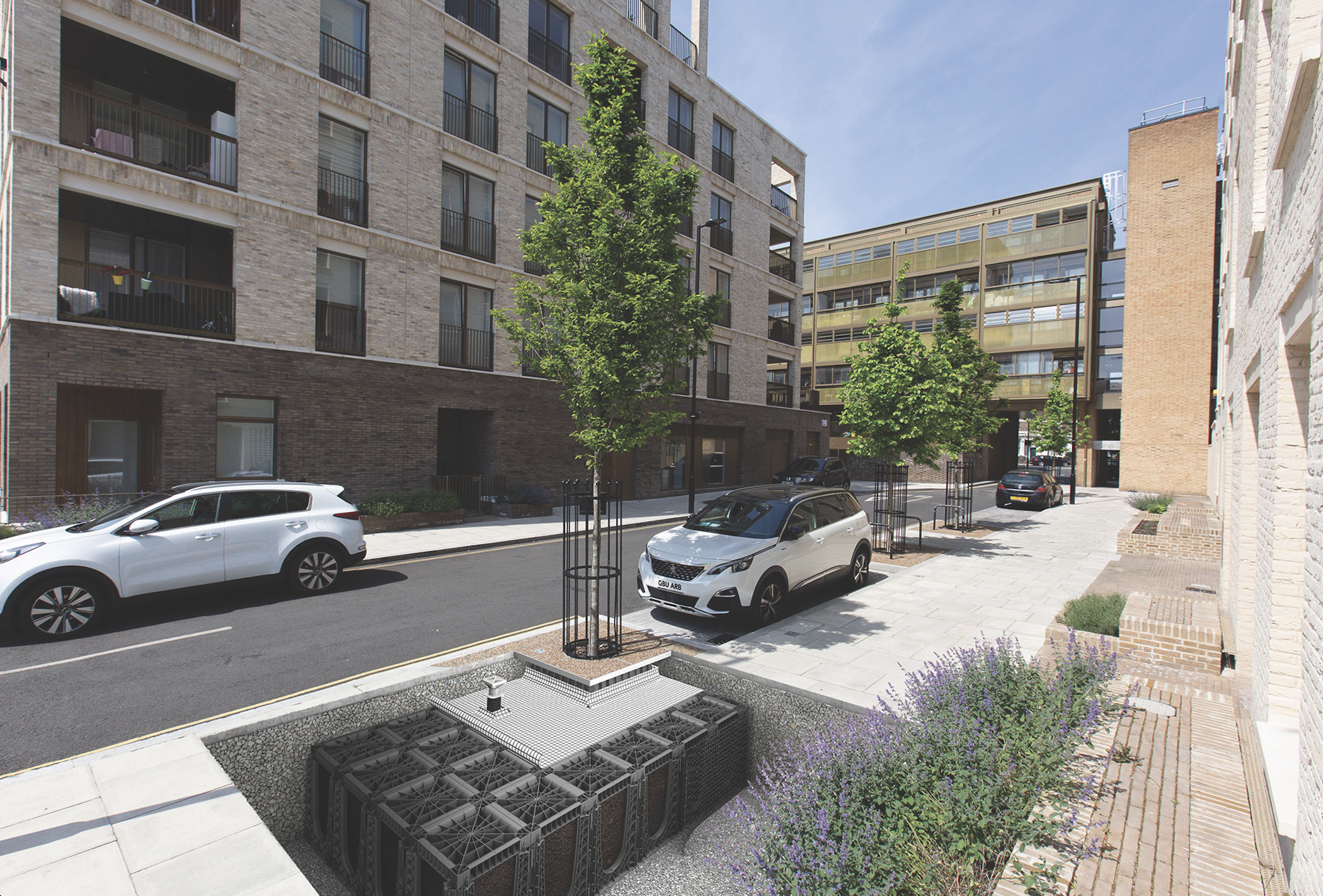 Below ground rendering of the RootSpace Soil cells
Below ground rendering of the RootSpace Soil cells
Extensive compression testing of RootSpace units has been carried out in highly reputable, independent testing laboratories. The complete test of each size and configuration is repeated several times to ensure reliability of data and confirm consistency of the unit’s structural performance.
The constant replacement of trees, as is often the situation with street trees, was something that the designers did not want for this space. As such, GreenBlue Urban’s ArborSystem met the challenge and was implemented to deliver the solution. Five years later, these trees are thriving on Washington Avenue, saving the city time, money and resources, all while not disturbing the historical landscape or negatively impacting the environment.
The development of this public realm has created the intended space of a sought-after streetscape. In addition to the tree elements, LED light fixtures now improve site and pedestrian lighting, and long linear promenade pavers in varying shades of gray reflect the surrounding urban context while providing a more modern aesthetic feel.
.png?width=2138&height=1420&name=Urban%20Greening%20(2).png)
Shane Carpani
Email: shane.carpani@greenblue.com
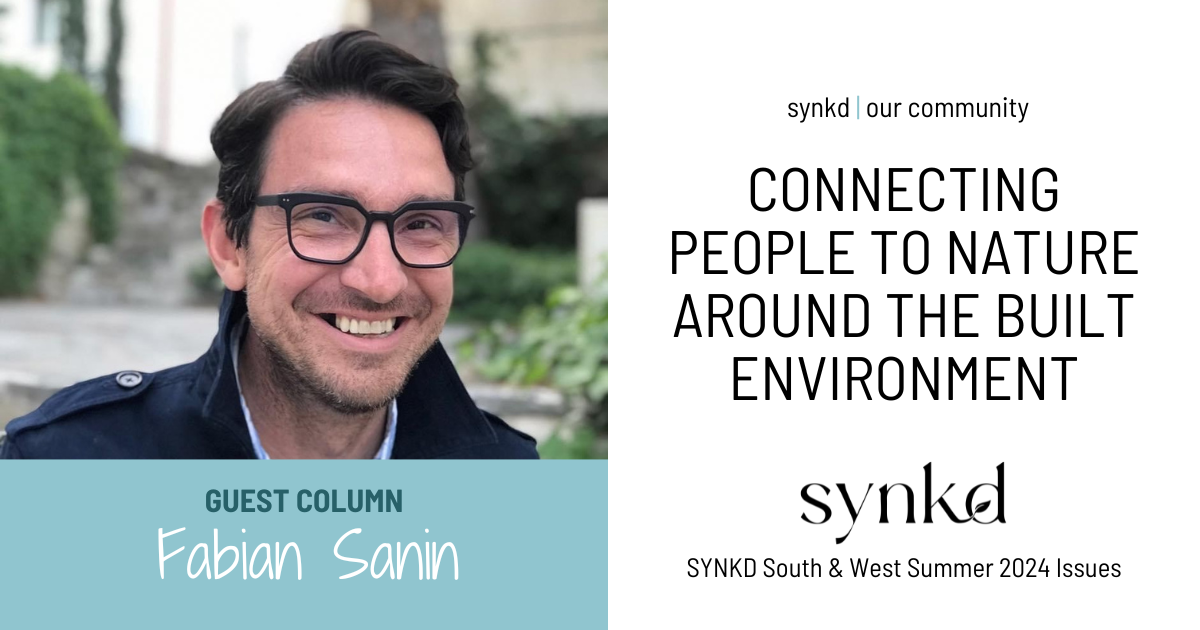
I have always been interested in how our connection to nature enhances our well-being. Growing up in New York City, surrounded by millions of people...
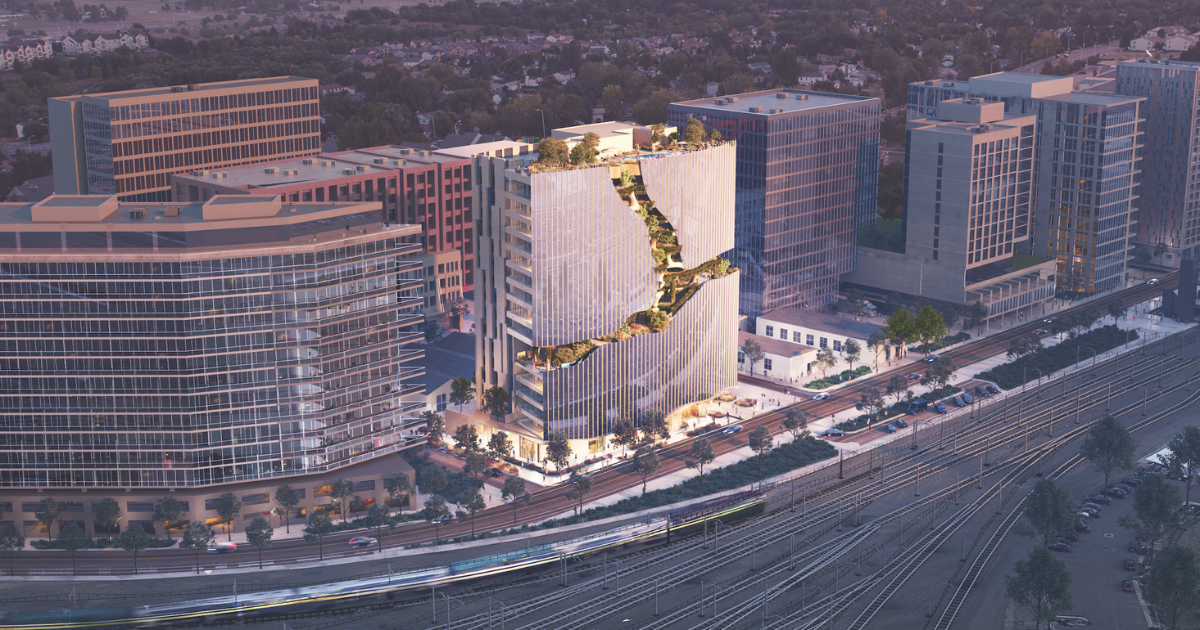
Explore One River North, A Building with a Vegetative Canyon In a world with artificial intelligence, people are often suspicious of renderings that...